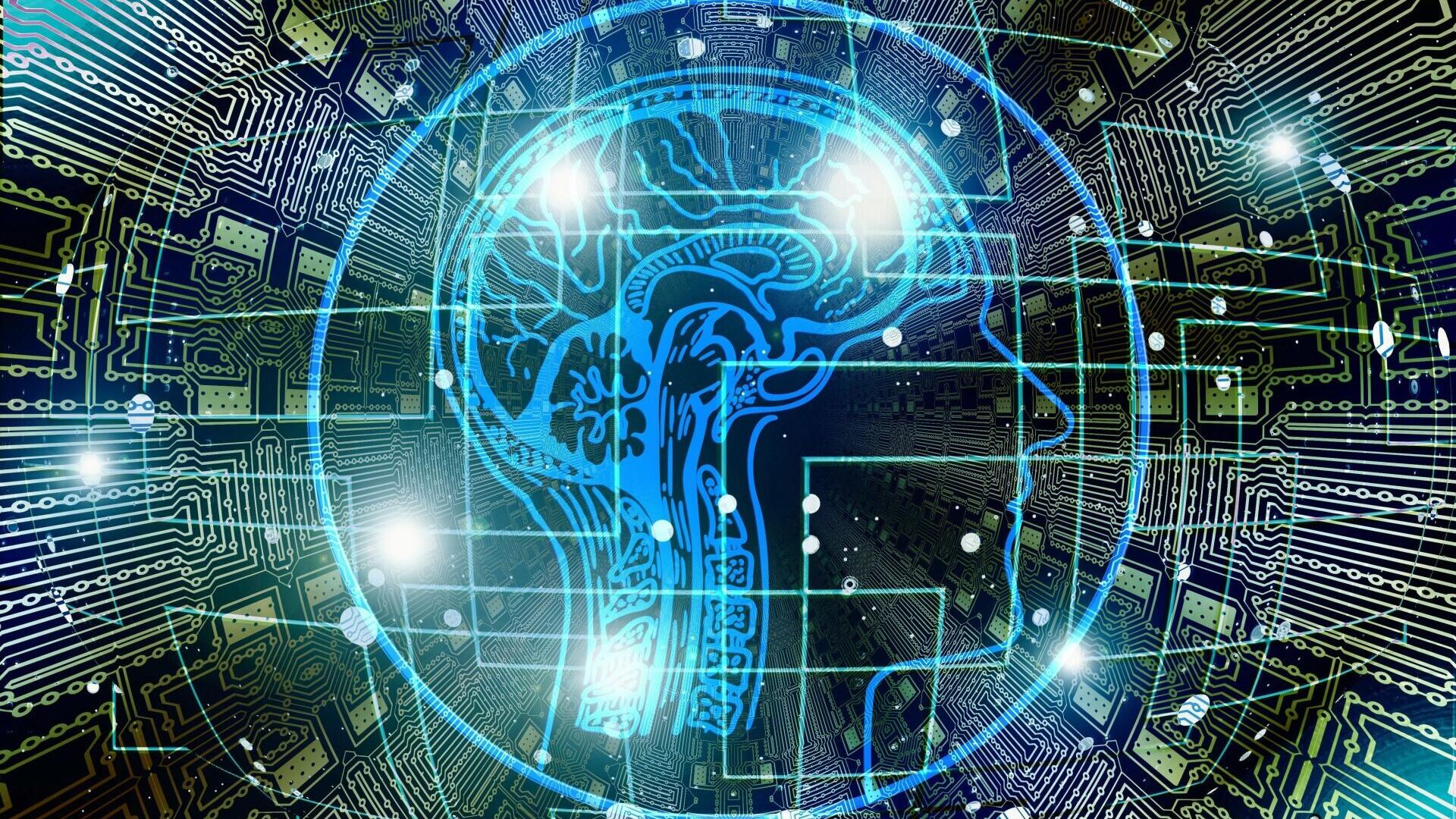https://sputnikglobe.com/20220721/interventional-bci-surgery-on-track-1097659403.html
Interventional BCI Surgery on Track
Interventional BCI Surgery on Track
Sputnik International
China's first interventional brain-computer interface (BCI) technology, led by a research team from Nankai University, has successfully completed animal trials... 21.07.2022, Sputnik International
2022-07-21T13:15+0000
2022-07-21T13:15+0000
2022-08-06T13:32+0000
china
technology
brain
medicine
science & tech
https://cdn1.img.sputnikglobe.com/img/07e6/07/15/1097659614_0:100:1921:1180_1920x0_80_0_0_1015a531e4127cba846f524318cf069c.jpg
The BCI can be connected to a brain computer through a minimally invasive procedure similar to heart bypass, and the whole implanted procedure can be completed in two hours.Core technologies, such as interventional electroencephalogram (EEG) electrodes and intravascular EEG acquisition, have made significant breakthroughs. The development of stent, catheter and other neural interventional devices has been completed, which solved the drawbacks of irreversible damage to the brain caused by traditional invasive BCI.Interventional BCI is a new type of BCI. The research team is inspired by the neural interventional technology for stroke treatment, implanting EEG sensors into brain regions, such as motor cortex and visual cortex through veins. Thus, when the neural stent dilates, the electrodes are squeezed on the blood vessel wall close to the brain, so as to obtain signals from the corresponding brain regions. The biggest advantage of this technique is that no cranial drilling or craniotomy is required to obtain EEG signals.Interventional BCI experiments can improve the functional independence of patients with severe paralysis caused by brain, spinal cord, peripheral nerve or muscle dysfunction, which is of great significance in the treatment of epilepsy, sleep disorders, Parkinson's disease and other diseases, enjoying broad application prospects in the future.*This article was originally published in Science and Technology Daily.
china
Sputnik International
feedback@sputniknews.com
+74956456601
MIA „Rossiya Segodnya“
2022
Sputnik International
feedback@sputniknews.com
+74956456601
MIA „Rossiya Segodnya“
News
en_EN
Sputnik International
feedback@sputniknews.com
+74956456601
MIA „Rossiya Segodnya“
Sputnik International
feedback@sputniknews.com
+74956456601
MIA „Rossiya Segodnya“
china, technology, brain, medicine, science & tech
china, technology, brain, medicine, science & tech
Interventional BCI Surgery on Track
13:15 GMT 21.07.2022 (Updated: 13:32 GMT 06.08.2022) China's first interventional brain-computer interface (BCI) technology, led by a research team from Nankai University, has successfully completed animal trials in Beijing.
The BCI can be connected to a brain computer through a minimally invasive procedure similar to heart bypass, and the whole implanted procedure can be completed in two hours.
Core technologies, such as interventional electroencephalogram (EEG) electrodes and intravascular EEG acquisition, have made significant breakthroughs. The development of stent, catheter and other neural interventional devices has been completed, which solved the drawbacks of irreversible damage to the brain caused by traditional invasive BCI.
Interventional BCI is a new type of BCI. The research team is inspired by the neural interventional technology for stroke treatment, implanting EEG sensors into brain regions, such as motor cortex and visual cortex through veins. Thus, when the neural stent dilates, the electrodes are squeezed on the blood vessel wall close to the brain, so as to obtain signals from the corresponding brain regions. The biggest advantage of this technique is that no cranial drilling or craniotomy is required to obtain EEG signals.
Interventional BCI experiments can improve the functional independence of patients with severe paralysis caused by brain, spinal cord, peripheral nerve or muscle dysfunction, which is of great significance in the treatment of epilepsy, sleep disorders, Parkinson's disease and other diseases, enjoying broad application prospects in the future.
*This article was originally published in Science and Technology Daily.

